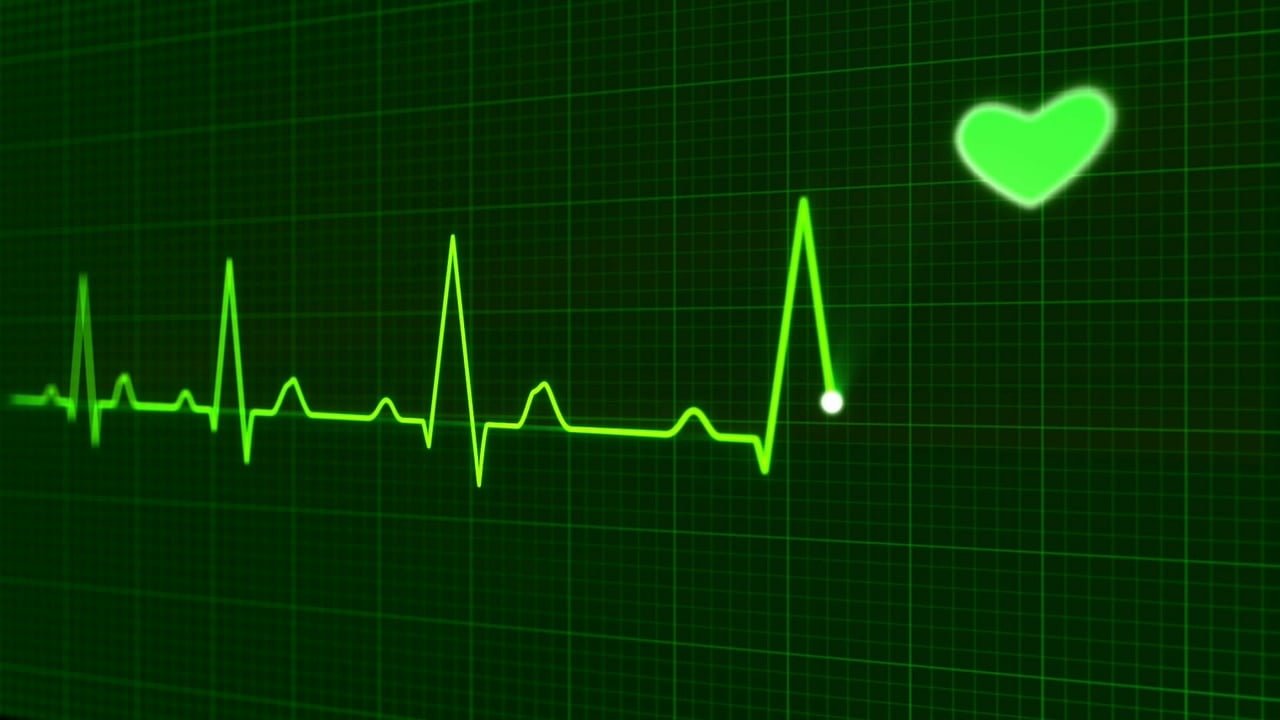Your heart rate is one of the most important indicators of your health. Nowadays, it has become extremely easy to check and also monitor one’s heart rate, and all you need is a glance at your wrist. The heart rate data is not just helpful while you’re working out, but also when you are resting. In this article, we will discuss, how to use heart rate tracking to improve your overall health and how to track your heart rate.
Heart rate tracking: why is it important?
Heart rate tracking is considered one of the best ways to measure your overall fitness. The lower your base heart rate is, the more efficient your body is. For a normal adult, the resting heart rate should be from 60 to 100 beats per minute. However, it has been seen that some athletes have a resting heart rate closer to 40 bpm.
“Active people often have lower heart rates because their heart muscle is in better condition and doesn’t need to work as hard to maintain a steady beat,” the American Heart Association says.
When you are working out, your heart rate rises to maintain the supply of oxygen that the muscles need to keep your body moving. Thus, you can use your heart rate to monitor how intense your workout sessions are, and also if the workouts are proving effective or not.
The more intense you workout, the more calories you will burn. However, you must be careful that the faster you burn calories, it also increases health risk as your body gets dehydrated quickly. Also, if you notice drastic changes in your resting heart rate, it could be a sign that something is wrong. No, there is nothing to panic about, as it could be due to minor reasons, such as dehydration or stress. However, if these changes are too frequent, accompanied by symptoms, such as feeling weak, faint, or dizzy, then you need to see a doctor.
How to use heart rate tracking
Talking of how to use heart rate tracking, the first thing that you should know is your maximum heart rate (MHR). This is actually the upper limit that your body can handle during physical activity. It is easy to calculate the maximum heart rate. All you have to do is subtract your age from 220. For example, if your age is 40, your MHR will be 180 bpm (220-40).
This number, however, could vary depending on your activity level, body size, the medications you take and the air temperature.
Now that you know your MHR, you can further use heart rate tracking to know your heart rate training “zones.” Knowing these zones will help you plan better with your workouts. You can easily know your heart rate training “zones” as well. Many fitness trackers come with features to help you with it.
Usually, there are three zones – fat burn, cardio and peak. There can be more zones as well and their names could also be different depending on your program. Discussed below are the three zones:
Fat burn zone – this zone is at 50-70% of your MHR. As per the American Heart Association, it is considered to be moderate exercise and helps to burn fat and build endurance.
Aerobic or cardio zone – it is at 70-85% of your MHR and helps you to improve cardiovascular fitness and build strength.
Peak zone – it is at 85-95% of your MHR and helps to increase speed.
Knowing these zones will help you to plan your workout sessions better. For instance, if your objective is to lose weight, then you should focus on burning calories.
How to track your heart rate
Now that you know how to use heart rate tracking, let’s talk about how to track your heart rate. You can easily check your pulse by placing two fingers on the inside of your wrist, or on the side of the neck, or the top of your foot. Once you get the pulse, count the number of beats in a minute.
Though this has been the age-old way of checking pulse, thanks to technology, it has become very easy now to check and track heart rate. You can now get wearables and fitness trackers easily on the market. These fitness trackers and wearables come in a variety of price ranges and offer varying features.
For instance, there are Fitbits, Apple Watch and more. These trackers and wearables offer an around-the-clock look at your health, including tracking your workout sessions and your sleep. Moreover, these wearables and trackers also give reminders to walk and encourage you to exercise.
Though the wearables and fitness trackers could be a good way to track your heart rate, you must not forget that these are no replacement for a doctor. So, if your wearable or fitness tracker spots any inconsistency, immediately see a doctor. Even if there are no red flags from these devices, but you feel something is not right, then also you should visit the doctor. Additionally, go for regular health check-ups to make sure you are aware of your health level.
I found the below video helpful during my research for the article:





